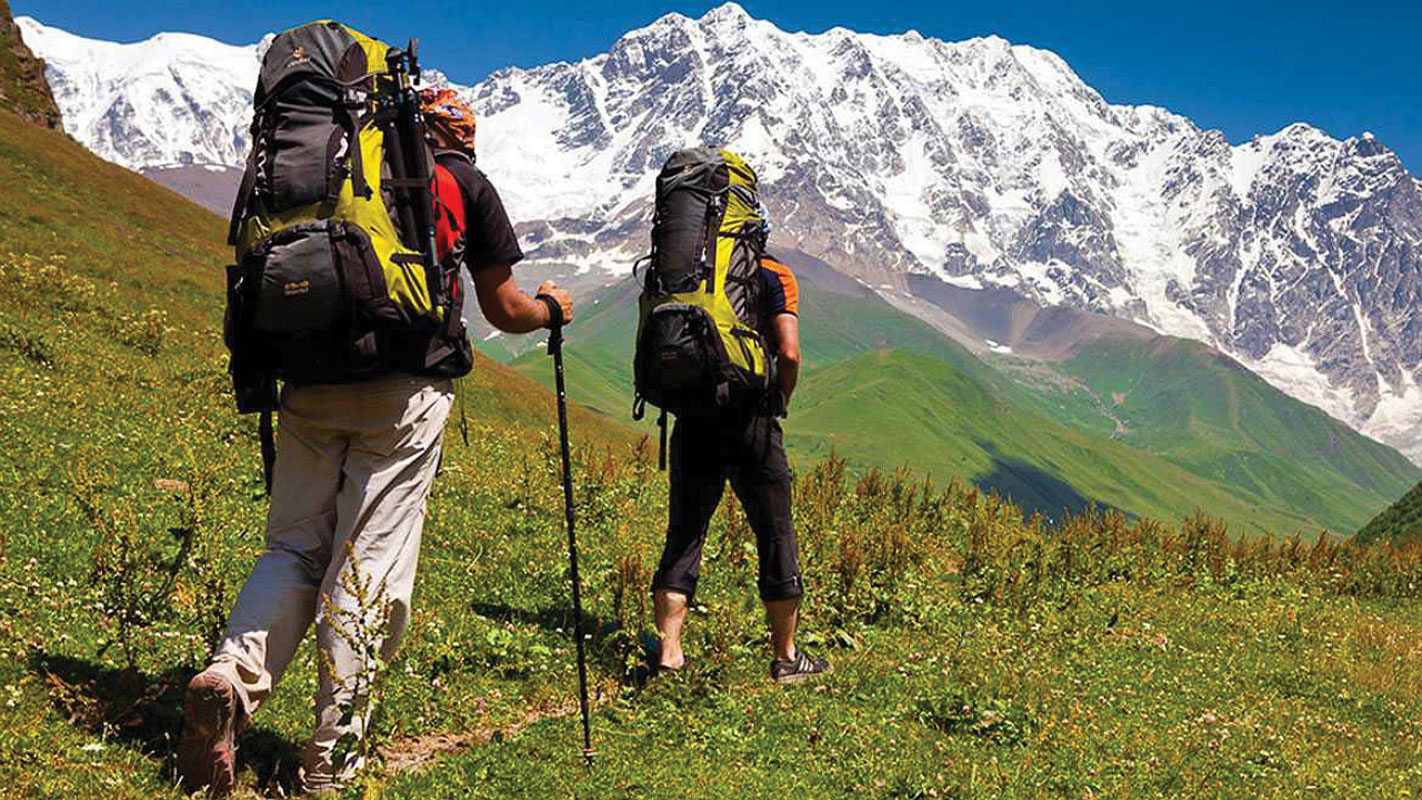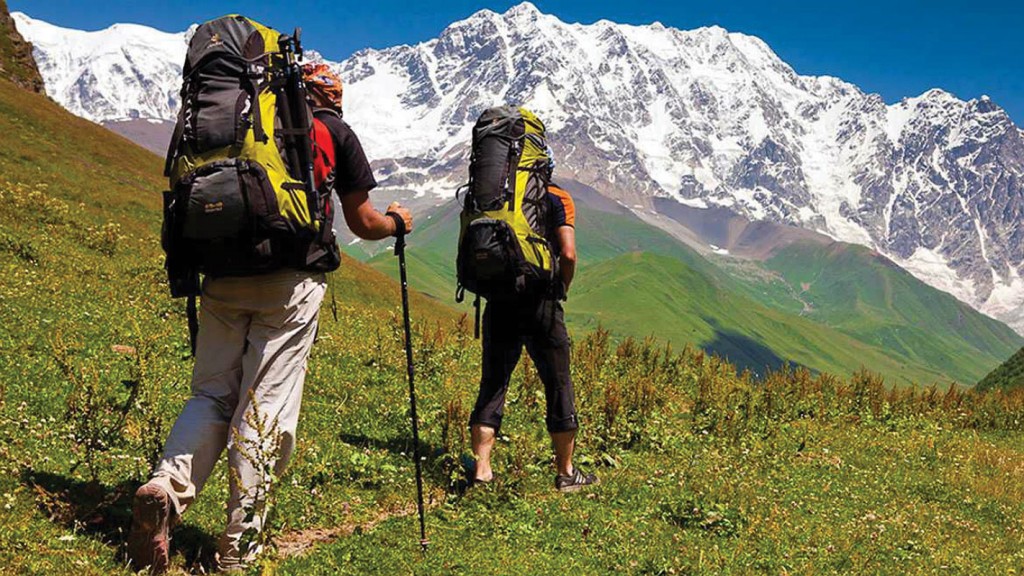
Lately I have been green with envy. Both my neighbours are going on a trekking trip to Kashmir this month. So, every morning and evening I am witness to their brisk walking, toning up, and hectic planning for their adventure in the mountains. There is a lot to discuss: The various dos and don’ts. What are the best practices to follow to make theirs a sustainable, green expedition? The right things they should carry which are nature-friendly, how best to nourish themselves while ensuring that they do not litter the trail. How best to ensure their health, comfort and safety even as they ensure that they respect the terrain they will be trekking through.
To help them out, I decided to do some research on the topic and ended up with some wonderful information and tips that we can all use when we go trekking. I found several websites from India and overseas offering suggestions and advice for potential ‘go green’ trekkers. Among them I found indiahikes.com to be rather resourceful. The website and the company that runs it (Indiahikes) not only list several treks one can choose from in the country, it also organises tours for enthusiasts as well. And the icing on the cake is that it has a ‘Green Trails Initiative’ for environment enthusiasts.
I loved their motto — “leave the mountains better than you found them.” And in video after video, Indiahikes co-founder Arjun Majumdar urges people to go on treks and discover the core of co-existence in the raw. Also, Lakshmi Selvakumaran, head of the Green Trails Initiative, has some insightful blogs on what should be done and what should be avoided on a truly sustainable hike.
But before I detail what she recommends, I must point out that the Green Trail Initiative is not just about messaging. The team, along with the trekkers, also clean up trails they venture on by picking up the litter left by other hikers. They carry eco bags in which they store the waste to later segregate it for disposal. The Indiahikes website claims that it has managed to remove over 100 tonnes of litter from trekking trails across the country. That is commendable work. Apart from cleaning up, the team says they keep sustainability in mind in everything they do, including how they source their equipment, buy provisions, or manage human waste at high altitudes.
So, what are the “Golden Practices” that Lakshmi recommends in her blogs? Here are some dos, followed by the don’ts:
Carry your own backpack as it is part of the hiking experience. Do not offload it on porters or mules which leads to crowding the track. By ensuring that you pack cautiously, you can stick to the ideal weight limit of 9kg per person.
Use only reusable bottles, glasses and plates. Single use water bottles or styrofoam plates is a big no. They take decades to decompose if they are discarded on the trail.
Carry only chemical-free toiletries. Notes Lakshmi: “Toiletries and cosmetics are often laden with harmful chemicals. Oxybenzone in sunscreen has been attributed towards declining coral reefs by various studies and sodium laureth sulfate in toothpaste is harmful. These are damaging to the body of the user as well as to the environment.”
Participate in collecting and segregating waste so that you can leave the environment in a pristine state.
Take back your waste with you and dispose it correctly. Lakshmi gives the example of used sanitary napkins and how they do not decompose at high altitudes. She suggests it is best to carry a zip-lock bag in which you could store the used napkins and dispose them when you are back home.
Now for the don’ts:
Don’t take packaged food on a trek. But if you must, put it in a reusable box, paper bag or zip-lock bag so that you do not generate packaging waste such as biscuit or sweet wrappers.
Don’t consume carelessly. Though Maggi and instant food is available in the dhabas in the mountains, and may serve as comfort food, it is refined flour and can cause indigestion. In a trek you need adequate nutrition which is provided by wholesome, time-tested local cuisine. So, opt for local food which gets you closer to the local culture, helps the farmer community and provides a sustainable livelihood.
Do not pollute the water when you are crossing streams and rivers as it is the direct drinking water source for the local population. So, never wash or relieve yourself in a water source. Also, don’t waste resources you come across, someone else needs them too.
Avoid disturbing the peace of other creatures that inhabit the mountain trails. Lowering your voice and being non-intrusive is the key. In fact, you would be the loser if you frighten away birds and other animals. Sitting and observing wildlife in quietude is part of experiencing nature at close quarters.
All trekkers must take the trouble of following a few dos and don’ts. Perhaps the importance of preserving and respecting nature is best illustrated by the damage done to the Mount Everest trail by seasoned mountaineers and enthusiasts. With climate change causing snow and ice to melt, garbage from over the decades is suddenly surfacing. Today, the Everest is often referred to as the “world’s highest garbage dump.”
Author Aliyyah Eniath’s words should serve as sound advice for all those who go trekking: “Take nothing but pictures, leave nothing but footprints, kill nothing but time.”
The writer is a senior journalist who writes on environmental issues






